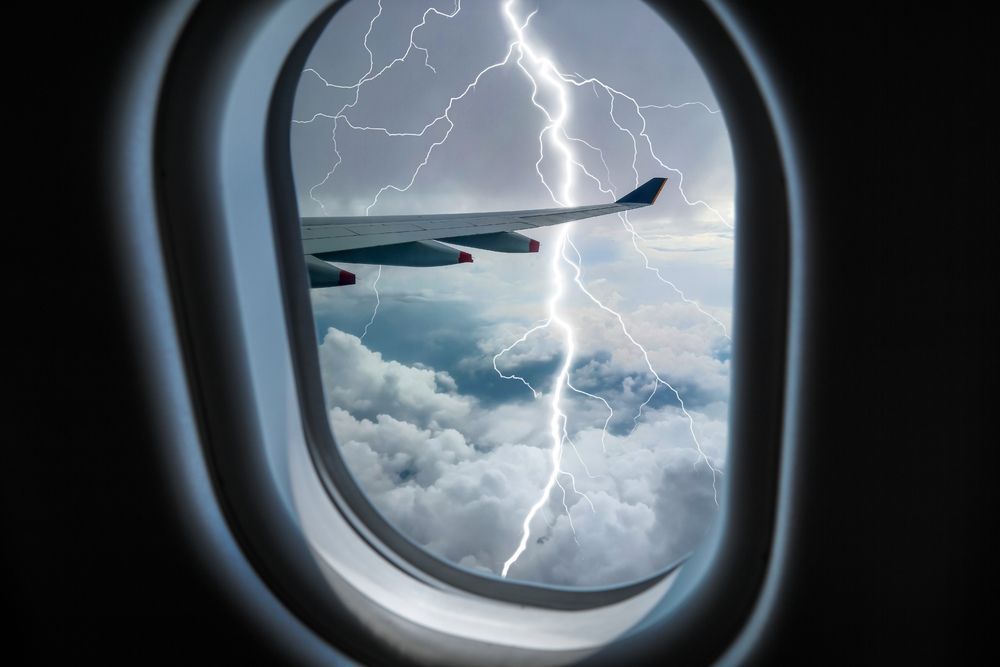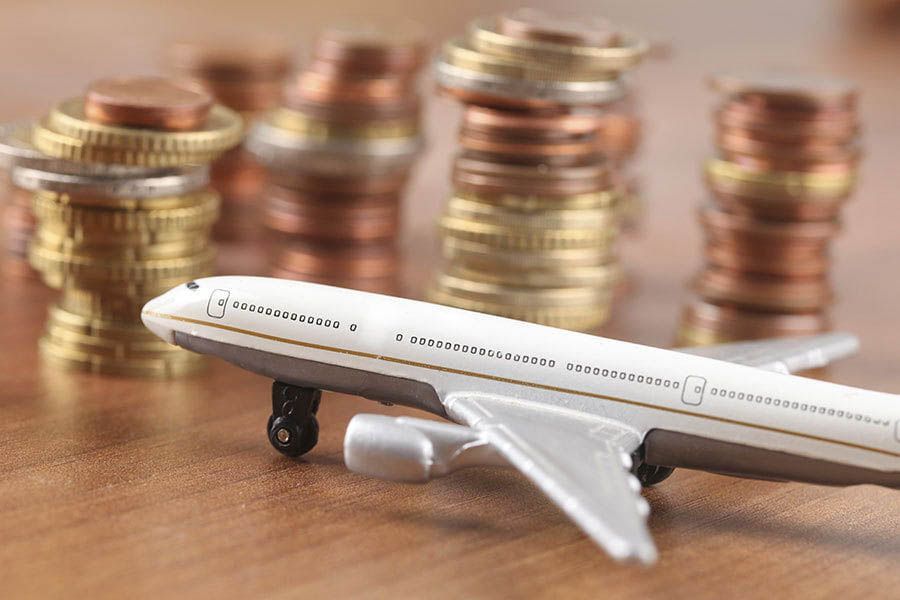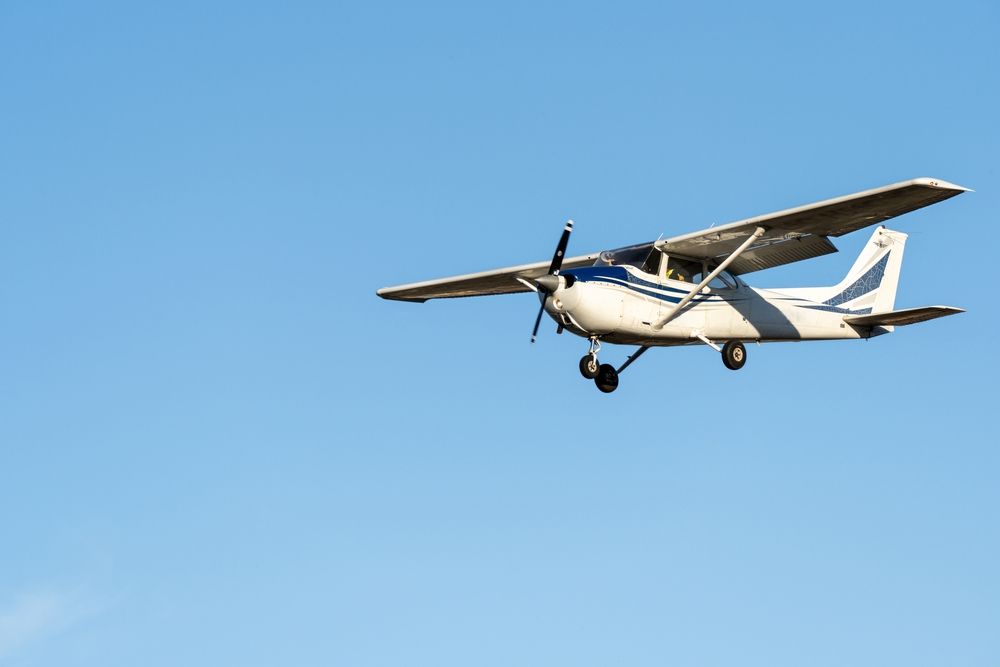
If you’ve always dreamed about the thrill, challenges, and adventure that come with being a commercial pilot, then what are you waiting for? As long as you are 18 years old, you can obtain your private license, which is necessary before going commercial. Yes, the path to becoming a commercial pilot can be long (and expensive), but if you fantasize about exploring the skies, it will be full of excitement—and totally worth it!
What is a Commercial Pilot?
Being a commercial pilot means that the person with a commercial pilot license is allowed, by the government, to be paid for their work.
A commercial pilot can have a few titles outside of being an airline pilot. They can be cargo pilots, tour pilots, backcountry pilots, ferry pilots, glider tow pilots, or flight instructors. They can fly blimps or helicopters and transport cargo rather than just humans. Although typically, the term “commercial pilot” is most associated with airline pilots. But keep in mind that although the FAA requires you to retire from airline pilot jobs at the age of 65, you can still keep flying privately, for tours, for crop-dusting, or for any of the other jobs mentioned!
Best Licensing Path
As an aspiring commercial pilot, you can choose to pursue a degree in tandem with your commercial license. In this case, your first step is choosing a major that is related. You must obtain a bachelor’s degree in aircraft or flight operations, aviation/aviation management, aeronautical engineering, or something else that is similar. Although you can get a bachelor’s degree in anything, it makes the most sense and would be beneficial to major in something related to aircraft operations or aviation. Or, you can pursue a degree-free flight program, such as J.A. Air’s Southern Airways program. This option is more cost-effective than a degree program. However, both options are excellent pathways to pursuing your dream of commercial flying.
Becoming a Commercial Pilot: Requirements
There is a long list of tasks to be accomplished before you can become a commercial pilot.
Private Pilot Certificate:
This certificate
is earned by starting in a single-engine plane. It is earned after finishing ground school training, which focuses on fundamentals of aircrafts and flying, as well as setting the foundation for all of the advanced ratings and certificates to come.
Instrument Rating:
Instrument Flight Rules (IFR) is a regulation that deals with all aircraft operations. It is controlled by the FAA (Federal Aviation Administration) and says that pilots are allowed to fly under weather conditions when outside visual reference is not safe. Flight deck instruments are vital in allowing this navigation to happen. Basically, instrument rating gives pilots the ability to fly under almost any weather conditions.
Medical Certificate: In order to have any type of pilot’s license and fly solo, you are required to have a medical certificate. To obtain this, you must pass a physical exam performed by an FAA-authorized aviation medical examiner (AME). All students will have a third-class medical. For commercial pilots, you need a second-class medical certificate, which is valid for twelve months and must then be renewed yearly. In order to become a captain, you will need to have a first-class medical, which is renewed every 6 months. For pilots under the age of 40, medicals are renewed yearly, but once you pass 40, they are to be renewed every 6 months.
If you have a physical disability or health condition, in most cases, you can still get a special issuance (SI) medical certification. There are many regulations and rules within this; your AME cannot give you the certificate until it is cleared by the FAA. This must also be reevaluated every twelve months and can be withdrawn if there are any adverse changes to your condition. Be sure to check with the FAA or your aviation medical examiner for questions and next steps.
FAA Written Exams: These will happen at various times throughout your commercial pilot education. Each certificate and rating will be concluded with an exam, made up of a number of questions within a designated time limit. The tests consist of multiple-choice and some short answer questions, depending on the certificate. You need at least a 70% or higher to pass them.
Air Time: As you get started on becoming a commercial pilot, remember you need to already have your private pilot license. From here, you must be at least 18 years old and have at least 250 hours of flight time. You need 100 hours as pilot-in-command (PIC), 50 hours of cross-country time, 10 hours of instrument training, and 10 hours of solo flight.
Multi-Engine Rating: This certificate is what gives a single-engine pilot the training and ability to fly planes with more than one engine. There are a few prerequisites necessary for this such as having a medical, a pilot license, and you must take the FAA practical test. Then, you can go on to flight training and lastly, the multi-engine checkride.
ATP Certificate: The Airline Transport Pilot certificate is the highest level of aircraft pilot certificate.
You must be at least 23 years old for a non-restricted ATP and already have an instrument rating. You are required to have 1,500 hours of pilot flight time, 500 hours of cross-country flight time, 100 hours of night flying time (or 75 hours and 45 full stop landings at night), and 75 hours of instrument flight time (or 50 flight and 25 simulator hours). You are also required to complete the ATP Certification Training Program and then pass ATP knowledge and practical tests.
Checkride: This is the final step in earning your commercial pilot license and, depending on your program of choice, your degree. It is the practical test, where you are the captain of the plane and the copilot’s place will be held by a check-airman or designated pilot examiner. They are there to make sure that you demonstrate competency in all of the skills required for Airman Certification Standards.
Become a Commercial Pilot with J.A. Air Center
J.A. Air offers flight training programs that allow for FAA certification as well as aircraft rental. Our program allows students to learn flight instruction operation for a lower price and in less than 4 years. Veteran pilots can also come back to receive additional certificates or advance their knowledge! We also offer flight programs in partnership with Liberty University, Southern Airways, and Skywest Airlines. Students who enroll in Liberty, Southern, or Skywest experience incredible career opportunities. Don’t hesitate to start your career in becoming a commercial pilot with J.A. Air Center!


